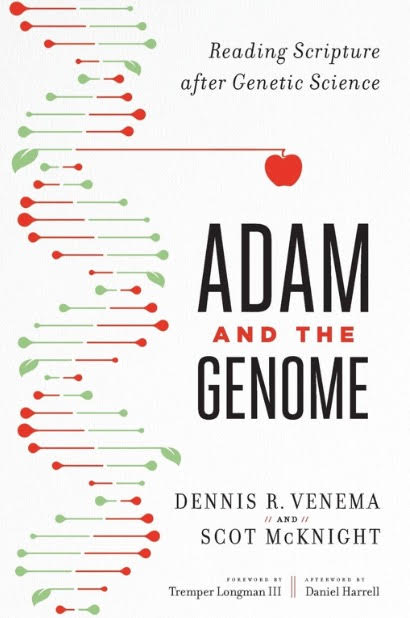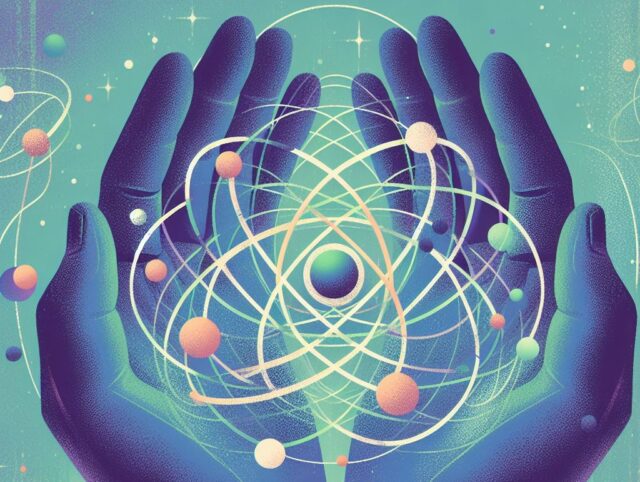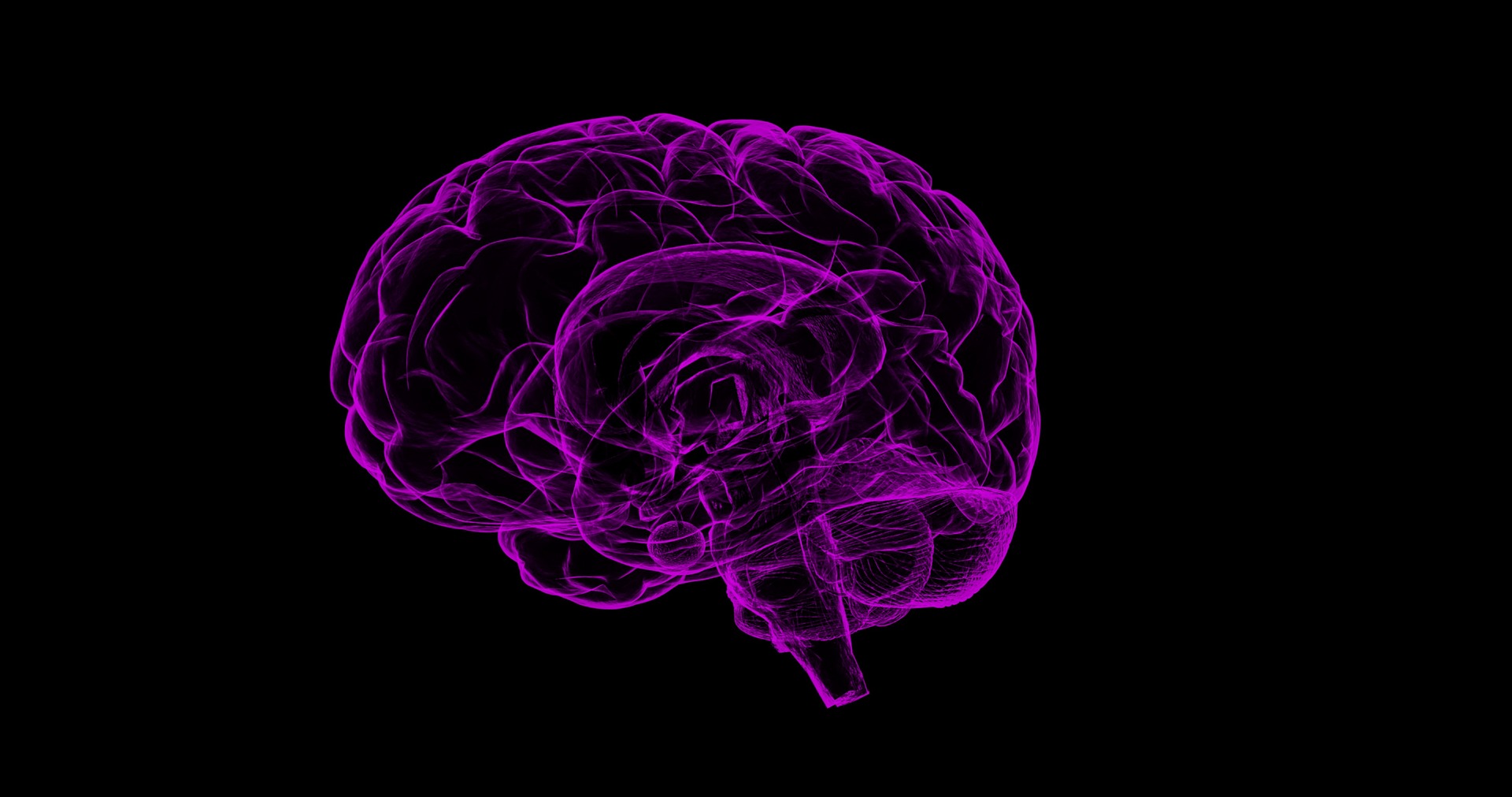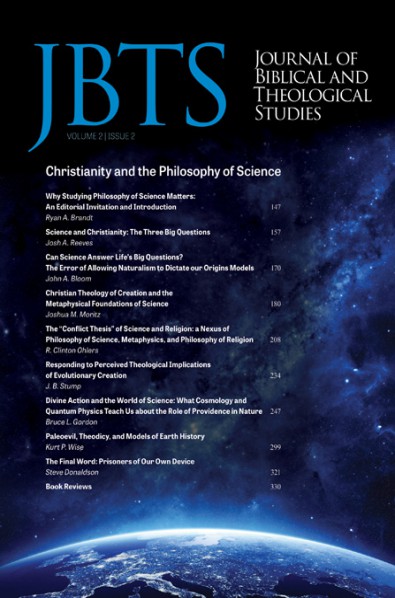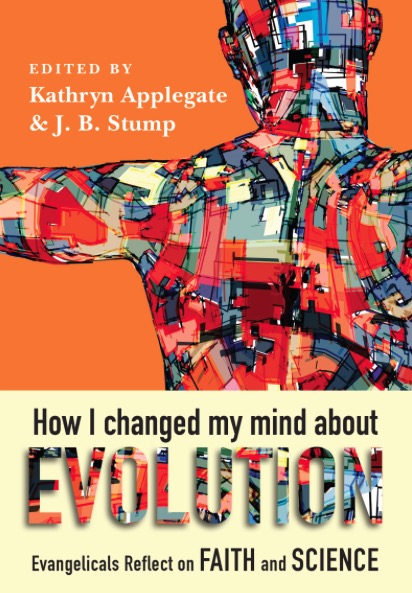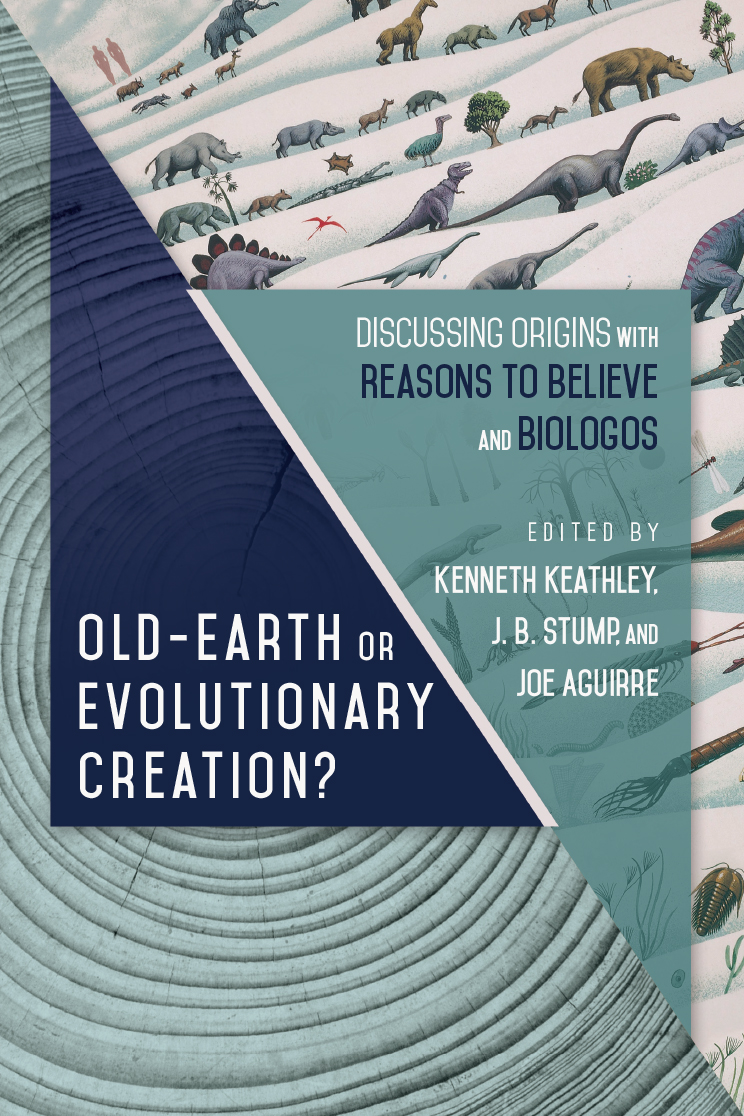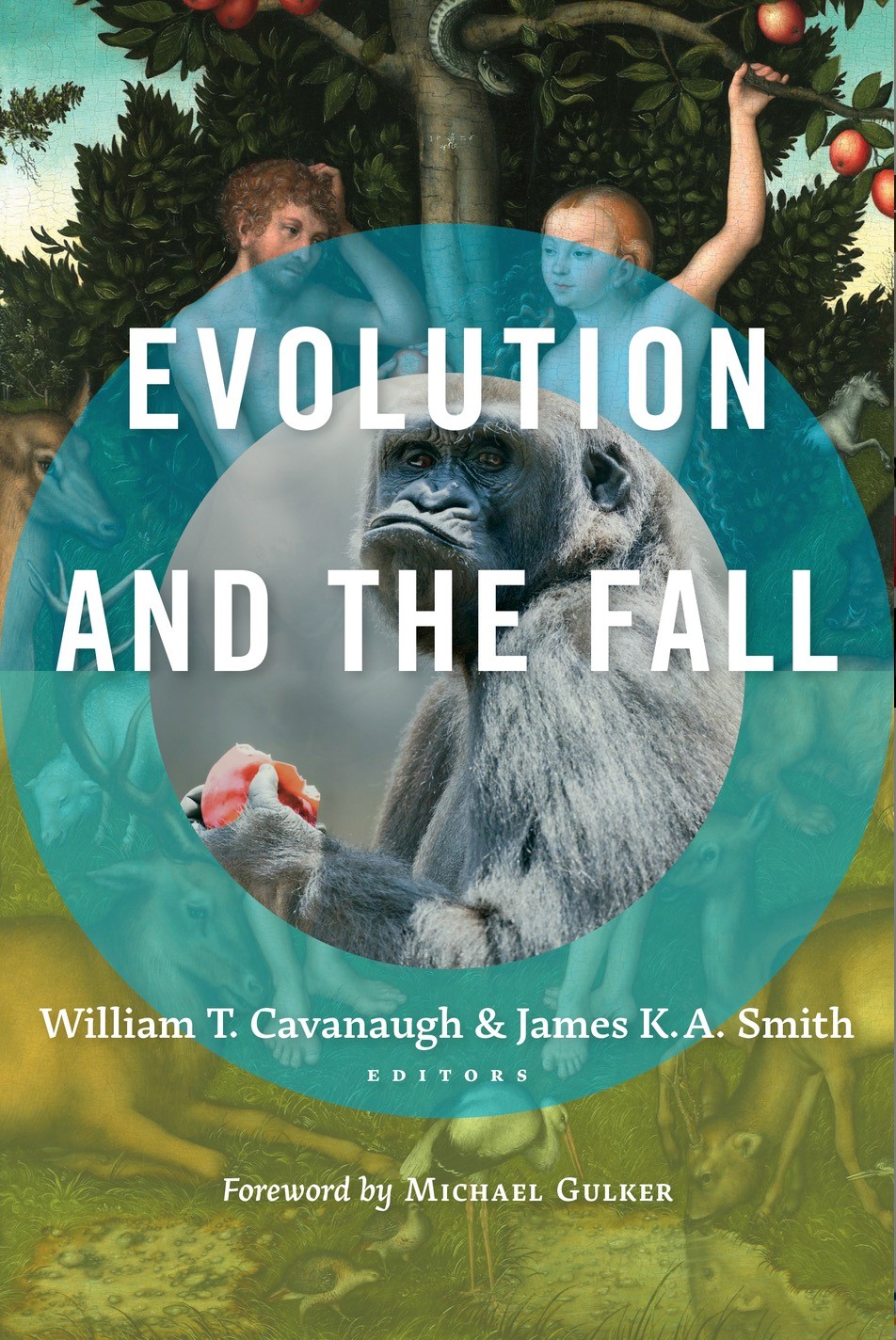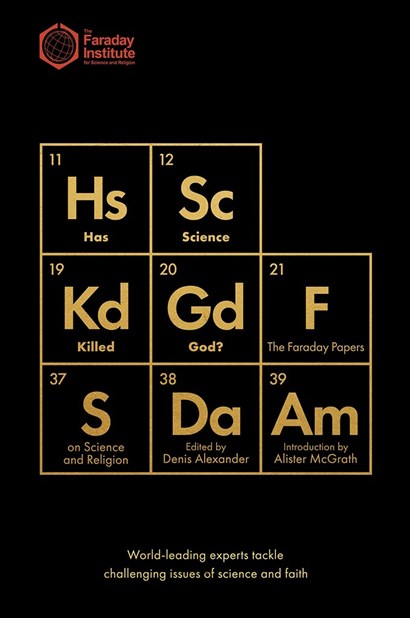


Explanation and Belief
Bruce Craven, April 2008.
Download PDF
Explanation and Belief
Bruce Craven
Reader in Mathematics at Melbourne University until retirement. Still active in mathematical research and writing.
A paper presented at COSAC 2007
Abstract
We look for explanations. How far should we believe them? Christians seek truth, and regard God as its source. But explanations must use analogies with known or simpler things, and these depend greatly on the culture. Various scientific explanations are surveyed; no one pattern fits all. A statement may be true and important, yet scarcely comprehensible in an other culture. Some scientific theories give good predictors, but seem to explain little. Other areas may be beyond prediction. Moreover, the world is not comprehensible without considering mind and ethics. Are ethics and intelligence as basic in the universe as the ‘fine tuning’ of physical constants, without which chemical elements and life would not exist?
Key words
Explanation, belief, analogy, truth, prediction, limits of knowledge.
Introduction
It is in human nature to look for explanations, and also to believe them. But there are always various possible explanations, and the choice between them is very dependent on the culture. In former times, storms and earthquakes were often attributed to capricious, and conflicting, gods, who might sometimes (like modern dictators) be persuaded. But even now, we cannot predict earthquakes, and storms are only predictable to a quite limited extent. And how much do modern explanations by random processes actually explain?
This discussion does not seek to relate ‘explanations’ to some philosophic view of what an explanation should be. Instead, various examples are considered, to look at what needs to be understood. The different ‘explanations’ and circumstances are very diverse, clearly ‘one pattern does not fit all’; one person’s ‘explanation’ may be meaningless to another person. Section 2 gives a number of kinds of explanations from science.
An explanation is supposed to enlighten one puzzling thing in terms of something else that is simpler or more familiar. Some explanations actually do this. Some others fail in this, and seem to serve other requirements, such as promoting the coherence of a social group. The familiarity of an explanation is relative to the cultural background. A clear explanation in one culture may be incomprehensible in another. An explanation may be only a crude approximation to the truth, and yet may explain well. Conversely, a phenomenon P and a claimed explanation E might both be true, without E giving a comprehensible reason for P, to a hearer who does not have some assumed background of culture or experience.
In the bible, to which Christians look for guidance, it is assumed as a matter of course that some things are true, in an objective sense, not only a relative notion of truth, such as is often expressed today. The scientific enterprise seeks to move closer to the truth about the world around us, assuming that the truth is there to be found. The content of belief has consequences, and so it matters. It is not enough to assent to a formula, without understanding, or serious belief. But then we must deal with consequent problems of language and culture, if the ideas are to be explained and transmitted. Any explanation relies on describing unfamiliar things in terms of more familiar things, and the latter depend much on the culture we are in.
What does the choice between scientific explanations depend on? Is an explanation preferred because it is simpler, or (with Dirac) because it is mathematically beautiful? Often an explanation is preferred because it is coherent— everything fits together (like a perfect jigsaw puzzle), with no missing pieces. However, an invalid coherent theory, that seems to explain everything, will not be abandoned just because of evidence that seriously falsifies it. Only a new coherent theory has much chance of being believed. This is the case in science, and also in other areas such as. archaeology.
The notion of a coherent pattern is often found in mathematical proofs of important results, where every every detail of information supplied is needed, and fully used. It is not obvious why this should apply to the physical world, but it is often so. Wigner (1960) spoke of the ‘unreasonable effectiveness of mathematics’.
Some examples from science
A computational explanation
Planetary movements were described by Ptolemy as ‘epicycles’ before Galileo, Kepler and Newton gave other descriptions. Note that this geocentric description is still useful for navigation. Better observations can be fitted by adding more epicycles, similarly to (in modern mathematical terms) adding more terms in a Fourier series. But Ptolemy offered no
2
coherent explanation of why more epicycles were needed to describe the observations. What his system did provide was a way to compute the positions of planets.
A predictive explanation
The ‘kinetic theory of gases’, proposed in the later 19th century by Maxwell and others, modelled the behaviour of the gas in a box by the movements of tiny particles, which moved fast and often collided, in the manner of billiard balls. While it was not suggested that a gas consisted of small billiard balls, the model predicted very well many behaviours of a gas, as affected by temperature and pressure. The notion of colliding balls was familiar to his audience, who could picture it. This theory is still useful, even though we know now that atoms and molecules are remarkably unlike hard billiard balls.
Another predictive explanation
Newton’s gravitational theory gave a coherent explanation of planetary movements, at least for the larger orbiting bodies. Note that an inverse square law was proposed long before Newton; but Newton obtained a quantitative confirmation. His system is predictive, in that it can be applied to orbiting bodies other than the planets Newton knew, and gives results in accord with observations. Moreover, a heliocentric theory predicted some phenomena that a geocentric theory did not explain, such as trade winds, and the phases of Venus. However, gravitation as ‘action at a distance’ was a conceptual difficulty for many people, then and since. Although the mass of a planet is not concentrated at a point, its orbit can be calculated as if it were. Seemingly crude approximations are often needed, to get a theory to work. In this instance, Newton showed mathematically that the approximation was valid.
A failed theory
In the 18th century, some chemical processes were explained by a substance called ‘phlogiston’. For example oxygen was ‘dephlogisticated air’. In our terms, phlogiston has some relation to energy, but matter and energy were not then clearly distinguished. Phlogiston was abandoned when gain in weight and loss of phlogiston were often found to go together.
Analog computers
Phlogiston is mentioned here, because the desire is still strong to fill an empty space with imagined substances, which may not exist. The cosmos is filled with seemingly unobservable ‘dark matter’ and ‘dark energy’, to account for large discrepancies in the predictions by the available theories for gravitation and redshift. In what sense do these substances exist? Are they any more material than Maxwell’s cogwheel model of the electromagnetic ether? Maxwell was indeed explaining hard mathematics by something visualisable. Are we dealing with paper versions of ‘analog computers’, in which mathematical descriptions are represented by material systems having similar behaviour? (The prototype ‘analog computer’ was perhaps the Antikythera ‘computer’, a mechanical device for astronomical calculations, salvaged from the bed of the Adriatic.)
While the electromagnetic ether has been abandoned (more as unnecessary than disproved), the once empty vacuum is now filled with a menagerie of ‘particles’ (fleeting into and out of existence) with every interaction between electrons or whatever appearing as a ‘particle’ in a Feynman diagram. Feynman’s wonderful achievement was to make otherwise intractable mathematics into diagrams that can be visualised and worked with. But in what sense do these many subatomic ‘particles’ have a physical existence? Are they, perhaps, a computational device to accurately predict phenomena whose nature may be beyond us?
The ‘rabbit in hat’ explanation
About 1900, observations of heat radiation were very far from the predictions from the theory then available. Planck later explained the observations by his quantum theory, in which energy transfers happen only in discrete amounts called ‘quanta’. But, before this, someone proposed a mechanical model of the ether, with as many adjustable factors as are required to explain the observations. This approach was rightly rubbished as no explanation at all.
Explanation by slogan
Often, impressive words are perceived as a sufficient explanation. Angell (1951) mentions a political incident (from Alsace in the 1930s), when a communist speaker had to field a question from a faithful follower, about contradictory shifts in his party’s policy. His reply, ‘It’s the dialectic’, silenced his questioner, by a meaningless slogan.
Explanation by extrapolation
Newton found that the same calculation fitted both the falling stone and the moon’s orbit. This strongly suggested that his gravitational theory would work in many other circumstances, and many observations have supported this extrapolation. Another successful instance is the use of colours of light (‘spectral lines’) to identify chemical elements in distant stars. But each case of extrapolation must be taken on its individual merits.
While ‘evolution’ means different things to different people, it commonly means not only that
there was a progression, over long periods of time, from some living species to other species, but also
(ii) that this progression happened autonomously (and only) by some sort of ‘natural selection’.
Part (i) of the statement is supported by very much geological evidence, and also DNA evidence, but part (ii) may be questioned. There is much evidence for natural selection within closely related species, but the
extrapolation to species far apart and long times is less sure. Calculations of the probability (whatever exactly that means) of such transitions suggest that they are extremely unlikely. Computer simulations of natural selection work if there is an external target to follow (but where does it come from?). Could there be other factors?
Use and limitations of analogies as explanations
An explanation always works by analogy with something already known or familiar. (But one man’s familiar thing is another man’s mystery.) For Dawkins (2006), an inscrutable creator God explains nothing, but a random process constitutes an explanation. For someone else, a random process is saying only that no explanation is possible (as Einstein thought, concerning Bohr’s quantum theory).
If a theory is supposed to explain a number of observed things, it is no use if the theory includes as many arbitrary factors as there are items to be explained (e.g. item 2(f), and perhaps also some cosmological theories).
A different starting point may be needed. Some mathematical curves, including the ellipses that Kepler used to describe planetary orbits, were introduced in ancient Greece as ‘conic sections’, obtained by slicing a cone. But this approach was hard to grasp. However, it was later found that these curves could be described in much simpler (so preferable) ways If our universe is said to be only a random selection of infinitely many different universes, then is it no more than ‘sound and fury, signifying nothing’? There is an instructive parable about generating books, including every Shakespeare play but also every possible garbled version, but requiring more space than the galaxy and more time than the age of the universe to generate them. Or is there some ‘principle of selection’ to choose the right version from among all the garbage?
An analogy may be entirely valid, and describe a true statement, but may yet not convey an explanation across a cultural barrier. St Paul, writing in a slave society, made a telling analogy between the salvation of a person and the manumission of a slave. But what does this analogy mean in our different culture? Again, large portions of Christian theology refer back to the concept of ‘sacrifice’ in the Jewish and other religions. But in our times, what does this concept mean to the untrained, and what picture of God does it transmit? So how can these concepts be explained and conveyed, to a different culture?
The limits of knowledge?
What is reliable knowledge? Many scientists often assert that scientific knowledge is the only valid knowledge. (They may allow some exceptions in their own personal relations.)
Now scientific ‘knowledge’ deals (and deals very well) with phenomena that are regular and recurrent. But does it invalidate any ‘knowledge’ of
individual non-recurrent events, or of ‘personal knowledge’ that one individual may have of another? This may matter for a scientist (does he ‘know’ his wife or his children?). It surely matters for a Christian, since much of what the Bible says about knowing, and especially about ‘knowing God’, is of this personal kind. The ‘positivist’ notion (of the ‘Vienna circle’ of the 1920s) that statements are meaningless unless they are ‘verifiable’ in some material way is still often held; though it has been well refuted by Popper (1968). To even state various concepts often requires ‘unverifiable’ terms (see also Magee 1973)
A statement may be meaningful, and perhaps true and important, yet not necessarily be a scientific statement. ‘Not science’ does not mean ‘nonsense’. An ‘unverifiable’ statement may lead to a statement that might be falsified by observation, and thus provide a scientific statement. Or it may be significant outside the scientific domain of recurrent events.
It is all too easy to exclude a whole set of concepts ‘ex hypothese’ from the start. Jeans’ (1930) parable of the fish net is relevant here. A researcher reported that there were no fish in the sea less than two inches long. That was the mesh of his net.
There are two current (and contentious) instances of this. It is often supposed that if an evolutionary explanation can be conjectured for some observation, then it must have happened in such a way, and no other explanation need be considered. It might be better sometimes to admit ignorance (we cannot replay geological history to observe it), and to question whether there was enough time for a random process to come up with a complicated result. This is not asserting (as the ‘Intelligent Design’ view would have it) that an evolutionary process could never have produced a certain result. It is saying that other explanations may also need to be considered, and should not be rejected out of hand. It is also often asserted that science provides an explanation of the (physical and biological) world that is in principle complete. Hence (it is deduced) the world is autonomous, and God cannot interact with it. But in fact, chaotic phenomena suffice to show (see e.g. Craven 2006) that observations do not require the world to be completely deterministic, and a scientific framework need not exclude any interaction.
What are the limits of explanation? Is everything explicable, in principle? Although the physics of atomic structure (electrons, the exclusion principle, etc.) are held to ‘explain’ chemistry, and the physical ideas do indeed enlighten chemistry, the detailed calculations are forever beyond us, and there is vastly more in chemistry (as observed) than we could ever deduce from physics. So can we really assert that all of chemistry derives from physics? Likewise biology does not completely derive from chemistry.
Some conjectures and questions
Despite Dawkins (2006), may one suppose that, behind the observed phenomena, there is some intelligence, some purpose, and some moral
principle? This does not mean that all is pre-determined. The universe may have a large extent of autonomy. This is suggesting that mind is more than an epiphenomenon on brain (a point made by Penrose’s (1994) critique of artificial intelligence). The computer hardware limits the software, but does not determine it. Moreover, even if ethics was shown to have evolved, are there underlying principles, so that not every arbitrary ‘morality’ could be viable?
What is the status of the ‘crumpled paper’ argument, that an observed pattern on a crumpled sheet means no more than a random selection of possible events? (This assumes that many sheets of paper exist, to choose from. But we do not know that there are many parallel universes.) Such arguments are often levelled against any suggestion of purpose in the universe. But if this is accepted, is the whole scientific enterprise doing any more than attaching meaning to random folds on a paper sheet?
Could the extraordinarily ‘fine tuning’ of various physical constants, without which there would be no stars, no chemical elements, no organic molecules, and certainly no life, be just a random event? Is there, perhaps, an analogous principle that applies to ethics and intelligence?
This is not asserting that ‘all details are planned’ (the creation has much autonomy), but rather that the potential for intelligence is there from the start.
These matters are important for Christian faith precisely because truth (‘correspondence to the facts’) is critically important in the whole Judeo- Christian framework. The Bible often asserts that it is presenting the truth, with the implication that truth is not just an adjustable thing, relative to a social environment. The scientific enterprise rests on the belief that there are objective facts that may be discovered, within some degree of approximation.
Acknowledgement
A referee is thanked for some critical comments.
References
Angell, N 1951, After all: the autobiography of Norman Angell, Hamish Hamilton, London.
Craven, B 2006, ‘Are God’s actions hidden in chaos?’ ISCAST Online Journal, viewed April 2008, https://iscast.org.au/pdf/CravenGodinChaos.pdf
Dawkins, R 2006, The God delusion, Bantam, London.
Jeans, JH 1938 (1930), The mysterious universe, Pelican, London. Magee, B 1973, Popper, Fontana, London.
Penrose, R 1994, Shadows of the mind: a search for the missing science of consciousness
Oxford University Press, Oxford.
Popper, K 1968, The logic of scientific discovery, Hutchinson, London.
Wigner, ED 1960, ‘The unreasonable effectiveness of mathematics in the rational sciences’,
Communications in Pure and Applied Mathematics, vol. 13, pp. 1-14.
